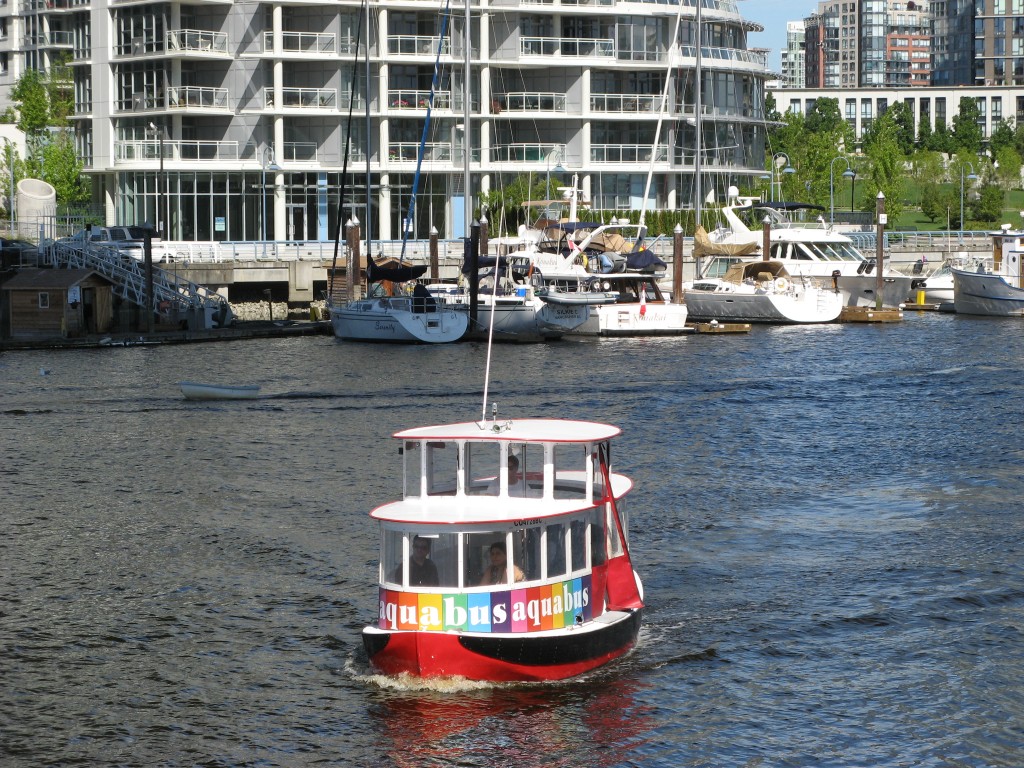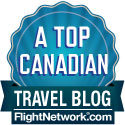Planning a Trip

Why Move to Canada?
What’s driving your move to Canada? Are you considering a job offer? Looking for a second home, investment property, or retirement destination? Planning to go to university? Or are you simply scouting out a potential place to relocate? Your objective for your relocation will determine the type of fact-finding trip that you plan.
Where to Go in Canada?
If you’re considering a job in Canada, you’ll most likely visit the city or region where you’d eventually live.
If your plans are more open-ended and you haven’t settled on the location that’s best for you, you’ll need to give more thought to organizing your trip. Do you want to explore the country’s biggest cities, or are you looking for a smaller town? Do you want to live by the ocean, in the mountains, or on a lake? Is school for the kids important, or are you looking for a place to retire?
Answers to these questions will help narrow down your search before you embark on your fact-finding trip. After all, Canada’s a big country.
When to Visit Canada?
In planning your fact-finding visit to Canada, you can take one of two strategies: Go when the weather is nicest to see your potential new home in its best light, or go in the worst of winter to prepare for what you’re getting into.
Summer is high season for travel in Ontario and Quebec. Expect hot, humid weather, plenty of tourists, and peak lodging prices. Late spring and early fall have the best weather. Autumn is busy with foliage tourists, but if you’re visiting cities, rather than the countryside, you can avoid the leaf-peeping crowds. The second Monday in October–Columbus Day weekend in the United States–is Canada’s Thanksgiving holiday, when businesses and services may be closed.
In Alberta, you’ll find the best weather during the warm, dry summers–from June through August. In the Canadian Rockies, that’s when you’ll also find the region inundated with tourists. Late spring (May — June) or early fall (September — October) usually have pleasant weather and fewer visitors. Snow can begin to fall in October or November and remain on the ground till at least April.
In British Columbia, the nicest time to visit is in the sunny, mild summers, but that’s when lodging rates are highest. Spring (March — May) in Vancouver, Victoria, and the Gulf Islands means moderate lodging prices and lots of daylight, despite frequent drizzly days. In the cool damp winters, accommodations can cost half what they do in mid-summer.
If you’re planning to live or work in a ski destination such as Whistler, Banff, or the Laurentians, early fall is the prime time to visit. You won’t find snow, but you will find discounted accommodations; that’s also when many ski areas hire for the upcoming winter season.
Canadian Travel and Tourism Information:
- Canadian Tourism Commission
- Tourism British Columbia
- Travel Alberta
- Tourism Saskatchewan
- Travel Manitoba
- Ontario Tourism
- Tourisme Quebec
- Tourism New Brunswick
- Nova Scotia Tourism
- Tourism Prince Edward Island
- Newfoundland and Labrador Tourism
- Tourism Yukon
- Northwest Territories Tourism
- Nunavut Tourism
Read more posts about travel in Canada.
– Excerpted (in part) from the book, Living Abroad in Canada. To read more, buy the book.
[ad#OpenX – Hotels]
Photo ©Carolyn B. Heller




















